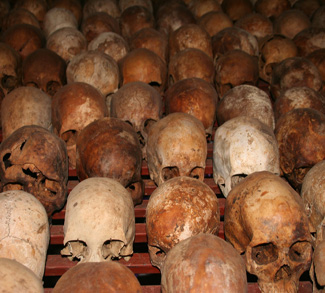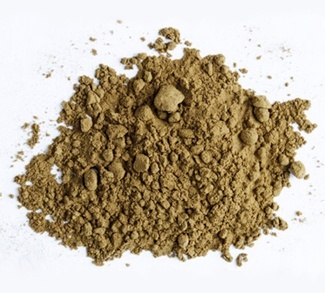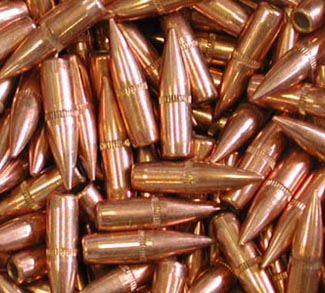The Middle East has been a place of turmoil for decades, with armed groups rising, falling, disarming, and rebranding. The drug trade has caused the reemergence of many of these groups, now operating as heavily armed, transnational crime syndicates engaged in the production, smuggling, and distribution of drugs. The increasing presence of militarized, heavily armed groups, combined with economic incentives to fight over territory and control of drug markets, is one more force contributing to the destabilization of the region.
Historically, opium from Afghanistan has been at the core of the Middle East drug crisis. However, the discovery of wild ephedra plants in Afghanistan has shifted the focus to methamphetamine, or crystal meth. The ephedra plant contains ephedrine, a key ingredient in meth production. Methamphetamine has thus become a primary income source for transnational crime groups. The plants undergo initial processing in makeshift labs to extract ephedrine and pseudoephedrine, both of which are crucial precursors for methamphetamine. This extracted ephedrine is then smuggled into neighboring countries like Iran and Pakistan via porous borders and established smuggling routes. Iran serves as a significant production hub, converting ephedrine into methamphetamine. The meth is then trafficked across the Middle East, reaching Iraq, Syria, and the Gulf States, with distribution networks often controlled by organized crime groups and militant factions.




